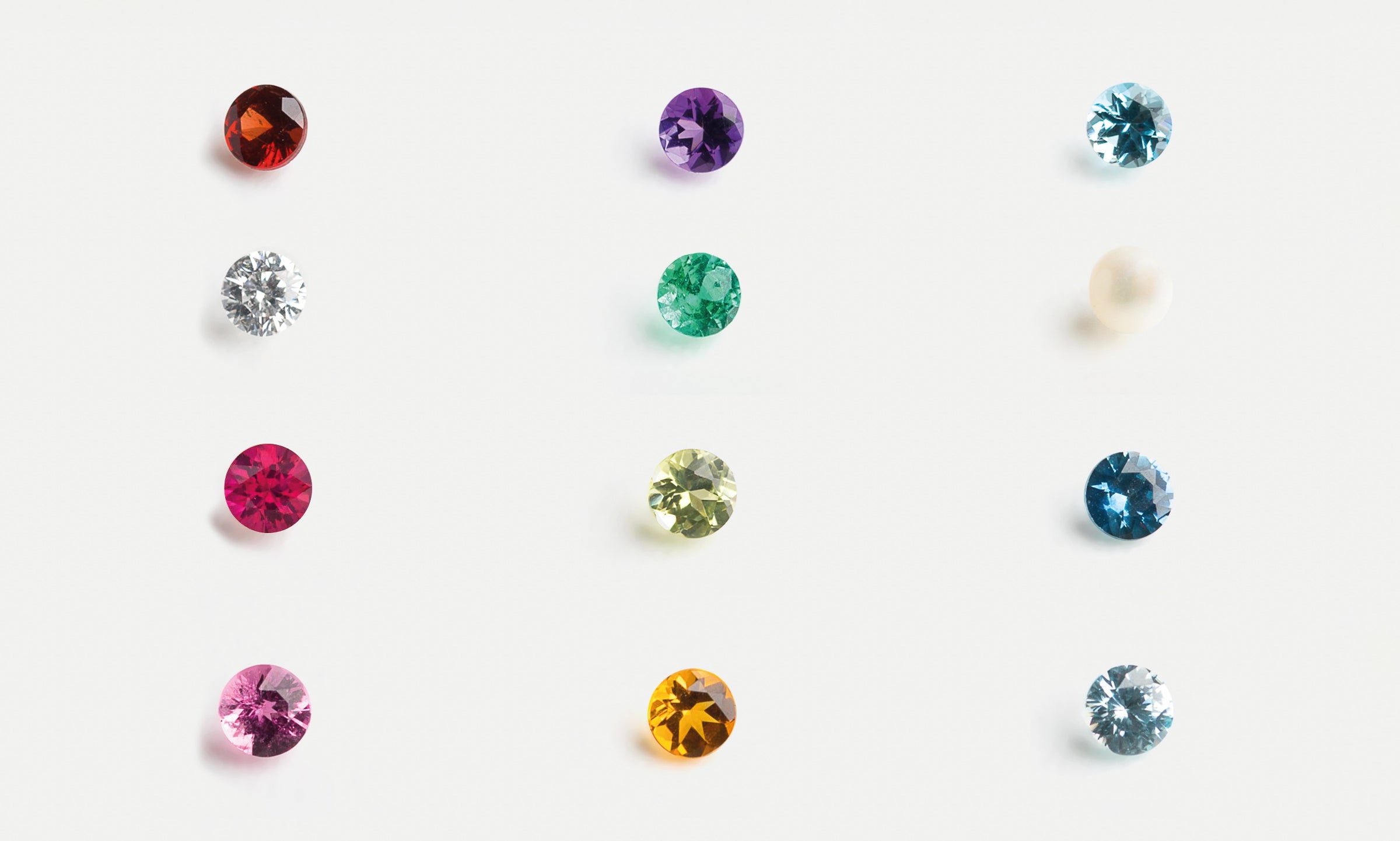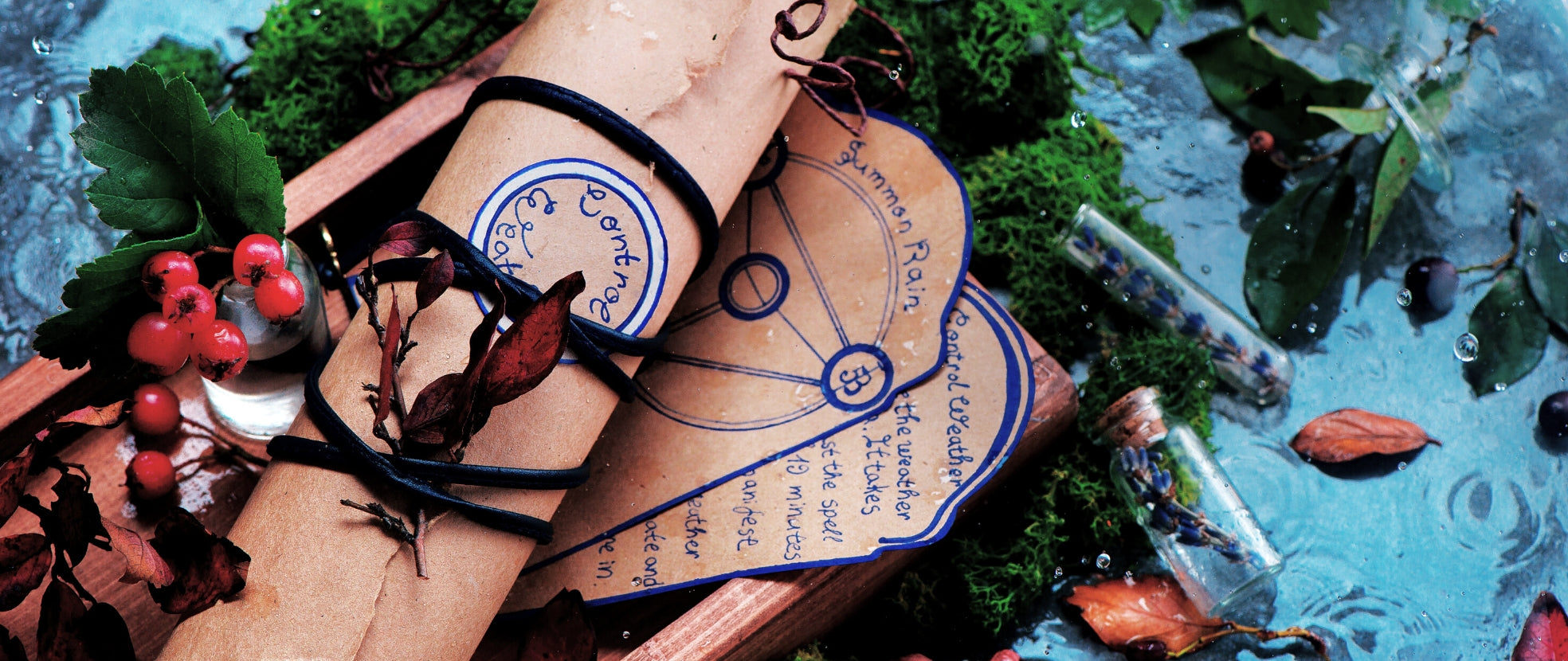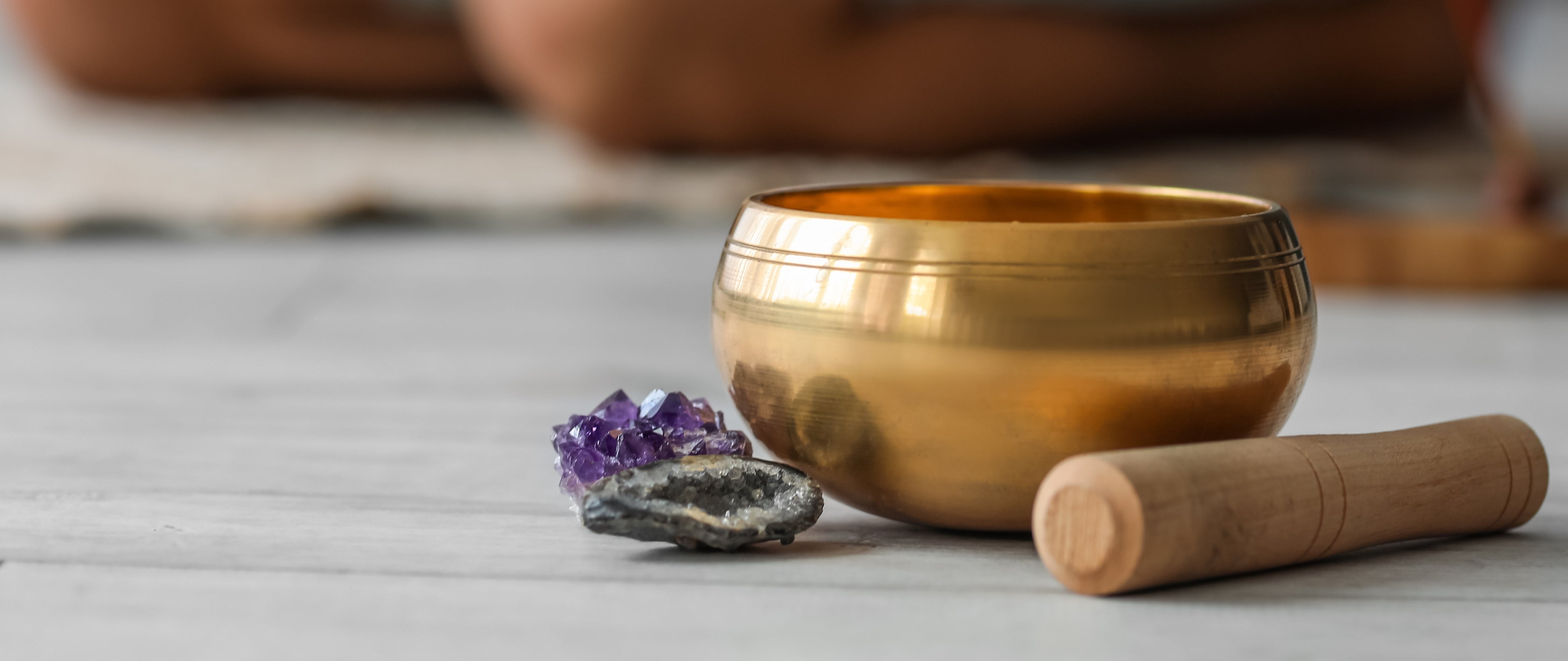Ever heard of olivine? The mineral is actually the origin of the beautiful green gemstone peridot. Peridot is made of olivine, a silicate mineral, that has naturally reached gem-quality. This gemstone has one very obvious claim to fame, based solely on its colour.
Peridot's Famous Colour
Many gemstones come in a variety of different colours and shades. Peridot, however, is one of the few gemstones that can only be one distinct colour. The clear, light green colour of peridot is iconic for this reason, and it's also why it's very beloved in jewelry. However, that doesn't mean all peridot gemstones are created equal.
While all peridot gemstones do have the same colour, their tint and clarity varies just like most gemstones. What makes the difference between a nearly clear, cloudy peridot gem and a stunningly bright peridot gem? Iron content.
The amount of iron found within the gemstone itself changes the tint of peridot, which can make it look almost yellow or a much darker olive colour. Still, peridot is an olive green even in its most rare form; it's much darker, but still has a yellow hue mixed in with the brown caused by iron.
Other Peridot Rarities
Despite being a green gemstone, peridot gets its name from the French word for gold, peritot. The gemstone was officially named this due to its tendency to have a gold hue, differentiating it from emeralds in appearance. However, the source of this name is actually debated. Some actually believe the name comes from the Arabic word for gemstone, faridat.
It's definitely important to note that peridot gems and emeralds aren't the same. While the colour of a peridot usually doesn't reach the same vibrant green as emeralds, sometimes emeralds do have a yellow-green colour variant, making them look like peridot gems.
Another interesting thing about peridot is that while its base mineral olivine is rather common, peridot itself is actually quite rare. This is because finding olivine that is actually gem quality is actually rare due to olivine's weak structure. It has a rather high chemical instability level while on the Earth's surface, though gem-quality olivine has been found in pallasite meteorites.
One other unique aspect of peridot is that it'sone of only two gems (including diamonds) that are formed in molten rock. After being formed, the gems are pushed to the surface by massive amounts of force; namely earthquakes and volcanoes.
The History of Peridot
Peridot has a rather old recorded history, first appearing in writings during 1500 BC. It was usually harvested in the Egyptian Red Sea and used as carved talismans, usually harvested by slaves and given to pharoahs as trophies. This history is why it has been dubbed the National Gem of Egypt, though this mineral wealth has dried up.
Currently peridot is mined across the United States, though mostly in the Southwestern portion of the country and Hawaii. Peridot is also successfully mined in Mexico. Outside of North America, peridot can be found in Egypt, Australia, China, South Africa, Saudi Arabia and Norway, including many other countries.
Peridot as a Holistic Healer
Can peridot be used in holistic healing? Absolutely! The gemstone is known to be useful for metaphysical purposes first and foremost. It's associated with life's cycles – from your physical stages in life to your emotional phases. It's a gemstone that is used to lift someone out of bad habits or to remove them from a rut. Physically, peridot is used in overcoming addictions and the physical manifestations of issues like anxiety or guilt.
Peridot is certainly a unique gemstone. It is rare in many different ways, as well as exceptionally beautiful and useful in healing our bodies and our minds.





